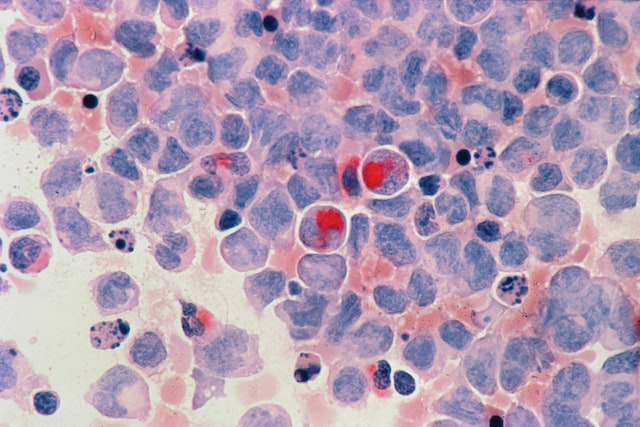Liver sinusoidal endothelial cells (LSECs) are crucial in liver homeostasis and metabolism. They are the body’s most specialized scavenger cells, removing a wide range of blood-borne waste and foreign proteins from circulation. LSECs take up advanced glycation end products, lipids and lipoproteins from the bloodstream by receptor-mediated endocytosis. They also bind to the mannose receptor and remove a variety of other xenobiotics.
Contents
Circulation
The circulatory system is a network of blood vessels that transport oxygen, nutrients, and waste products throughout your body. The heart drives circulation, and each tissue has local mechanisms to regulate blood flow.
Your arteries carry oxygen-rich blood from the lungs to tissues and send deoxygenated blood back to the heart. Capillaries, the smallest blood vessels, connect arteries and veins. They have thin walls that allow oxygen and nutrients to pass into cells and waste to leave them. In addition, your endothelium helps keep your blood fluid by producing nitric oxide and prostacyclin. Without these, your blood could clot and cause serious complications.
Liver sinusoidal endothelial cells (LSECs) are highly specialized endothelial cells with unique morphology and functional characteristics. They form the lining of the hepatic sinusoids, the smallest blood vessels in the liver.
They also contain fenestrae different from periportal, mid-lobular and centrilobular hepatic artery endothelial cells. These fenestrae are clustered in a sieve plate, allowing colloids and soluble waste macromolecules to move through them.
Metabolism
Metabolism is the process by which living organisms convert nutrients into energy. It also involves synthesizing signaling molecules and transporting materials such as fatty acids, proteins, and microorganisms. It is a fundamental part of cell biology because many cellular processes, including cell proliferation and regeneration, require energy from metabolism. The liver is a major site of lipid synthesis, lipolysis, and b-oxidation. These activities are regulated by the isolation of liver sinusoidal endothelial cells (LSECs) in the fenestrae of the hepatic sinusoids, a unique vascular bed in the liver that receives blood from the hepatic artery and the portal vein into the hepatic parenchyma. These sinusoidal endothelial cells are nonparenchymal and derived from two populations of liver stem and progenitor cells (SPCs): resident SPCs responsible for normal LSEC turnover and blood-borne metastatic SPCs (BM SPCs) that recruit LSECs to the liver following injury or partial hepatectomy. Both populations give rise to mature LSECs, which increase rapidly during liver regeneration after hepatectomy or injury.
Besides regulating bidirectional lipid exchange, LSECs have immunological and physiological functions as antigen-presenting cells. They uptake circulating antigens and cross-present them to naive CD4+ T cells, which differentiate into regulatory T cells with reduced cytotoxicity, thereby contributing to hepatic immune tolerance.
Immune System
The immune system protects your body against many germs, including viruses, bacteria, parasites and cancer cells. It uses a range of cells, including white blood cells, dendritic cells and macrophages. The innate immune system is part of your immune system that starts off working without help from other parts of your body and builds strength over time. The adaptive immune system, which is most important in adults, is part of your immune system that can adapt to new things and respond to them quickly. Liver sinusoidal endothelial cells are one of the most specialized nonparenchymal cells in the liver, located on the surface of the liver’s blood vessels. LSECs are highly differentiated from other endothelial cells in the liver due to their lack of a basement membrane and the presence of fenestrae, 50-200 nm diameter pores that traverse 2-20% of the endothelial surface. These fenestrae are organized in groups, or sieve plates, that can be altered in response to different stimuli. As a result of their structural and functional diversity, LSECs play pivotal roles in the development and progression of liver disease. They are essential in regulating the immune microenvironment of the liver and are involved in both hepatocyte-mediated and hepatic stellate cell-mediated inflammatory responses. Moreover, they play a vital role in the progression of liver fibrosis and can serve as a therapeutic target to reverse the underlying pathophysiology of the condition.
Regeneration
Regeneration is the process that restores an organ to its original, healthy state when it is damaged. Regeneration occurs in various organisms, including the blue-and-white-striped zebrafish and the planarian, a type of flatworm. Scientists study how these animals repair the injury, such as a broken fin or limb, to understand how the human body works. Using these models, scientists can learn how to repair a liver, replace a heart, or even a whole leg. Liver endothelial cells (ECs) play a key role in regeneration. These cells help the liver heal by secreting a range of growth factors that increase the number of hepatocytes and promote new blood vessels in the liver. They also produce a range of cytokines that activate macrophages to fight inflammation and stimulate protein production that controls cell proliferation. Researchers are now studying how these sinusoidal endothelial cells develop naturally and how to artificially make them into therapeutic cells that can treat liver diseases. The researchers hope to find drugs that boost the production of these cells, so they can be used as injected or infused therapies for liver disorders.





